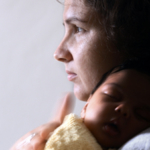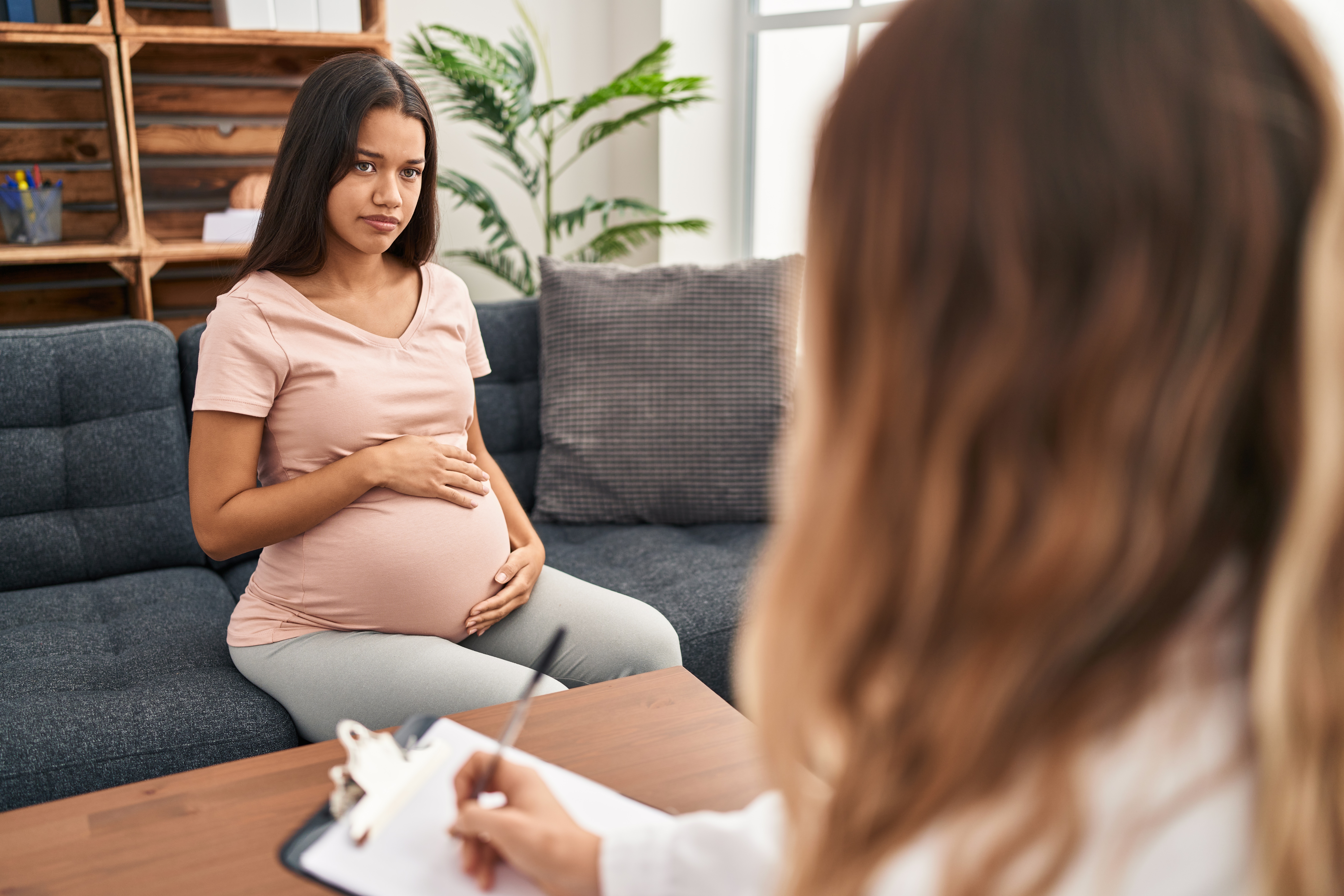We know that about 15% of women suffer from postpartum depression (PPD). But what is less clear is how to reliably identify women with PPD and to then ensure that they get the support and treatment they need. Women with a history of psychiatric illness are often identified as being at higher risk for postpartum illness by their providers, and, because of their previous experiences with depression and/or anxiety, they may be better able to identify depressive symptoms and to access care during the postpartum period. More difficult to identify and to bring into treatment in this setting are women with no history of psychiatric illness.
A new study from Denmark reports on the incidence of postpartum depression in a nationwide cohort of women with no prior psychiatric history. Using data from several Danish national registers, researchers examined a cohort of 457,317 primiparous mothers with no prior psychiatric hospitalization and/or previous use of antidepressants.
Postpartum depression was defined as the use of antidepressants and/or hospitalization for PPD within 6 months of childbirth. According to this definition, the researchers found that 4,550 (0.6%) women experienced postpartum depression.
Why is the prevalence of PPD in this cohort so much lower than reported in other studies? There are several reasons. First, previous studies have used rating scales to assess for depressive symptoms in postpartum women and have identified depression in women ranging in severity from mild to severe. This study, which identifies women with PPD as those who are prescribed antidepressants or have been psychiatrically hospitalized, is most likely looking primarily at the most severely ill women. That said, it should also be noted that depression treatment is not necessarily a proxy for illness, as we have seen in other studies that rates of treatment in this population are very low and that even women with severe illness do not seek or receive treatment. Thus, this study may be underestimating the prevalence of PPD in this population.
Probably the most important reason for the low prevalence of PPD in this study is that it is looking at PPD only in women with no psychiatric history. It is consistently reported that women with histories of depression prior to pregnancy, and particularly those with a history of postpartum depression, are at significant risk for depression after the birth of a child. Looking back at the seminal work of Michael O’Hara, PPD was diagnosed in 23.9% of the women who had experienced depression prior to pregnancy; in contrast, only 2.6% of the women with no psychiatric history were diagnosed with PPD.
Risk of Recurrent Postpartum Depression
Consistent with earlier studies, this study documents high rates of recurrent PPD among women with a history of PPD. Women who were hospitalized for PPD after the birth of their first child had a 46.4-fold higher risk of having PPD after the birth of a second child (95% CI 31.5–68.4). Women who were treated for PPD with antidepressants after the birth of the first child had a 26.9-fold higher risk of PPD (95% CI 21.9–33.2) after the second child.
Good News and Some Bad News
It is reassuring that this study, and the earlier work of O’Hara and colleagues, indicates that women no psychiatric history are at low risk of developing clinically significant postpartum depression. However, this study indicates that when one episode of PPD occurs in women in this population, the risk of recurrent illness is significantly elevated.
Ruta Nonacs, MD PhD
Rasmussen MH, Strøm M, Wohlfahrt J, Videbech P, Melbye M. Risk, treatment duration, and recurrence risk of postpartum affective disorder in women with no prior psychiatric history: A population-based cohort study. PLoS Med. 2017 Sep 26;14(9):e1002392. Free Article








Leave A Comment